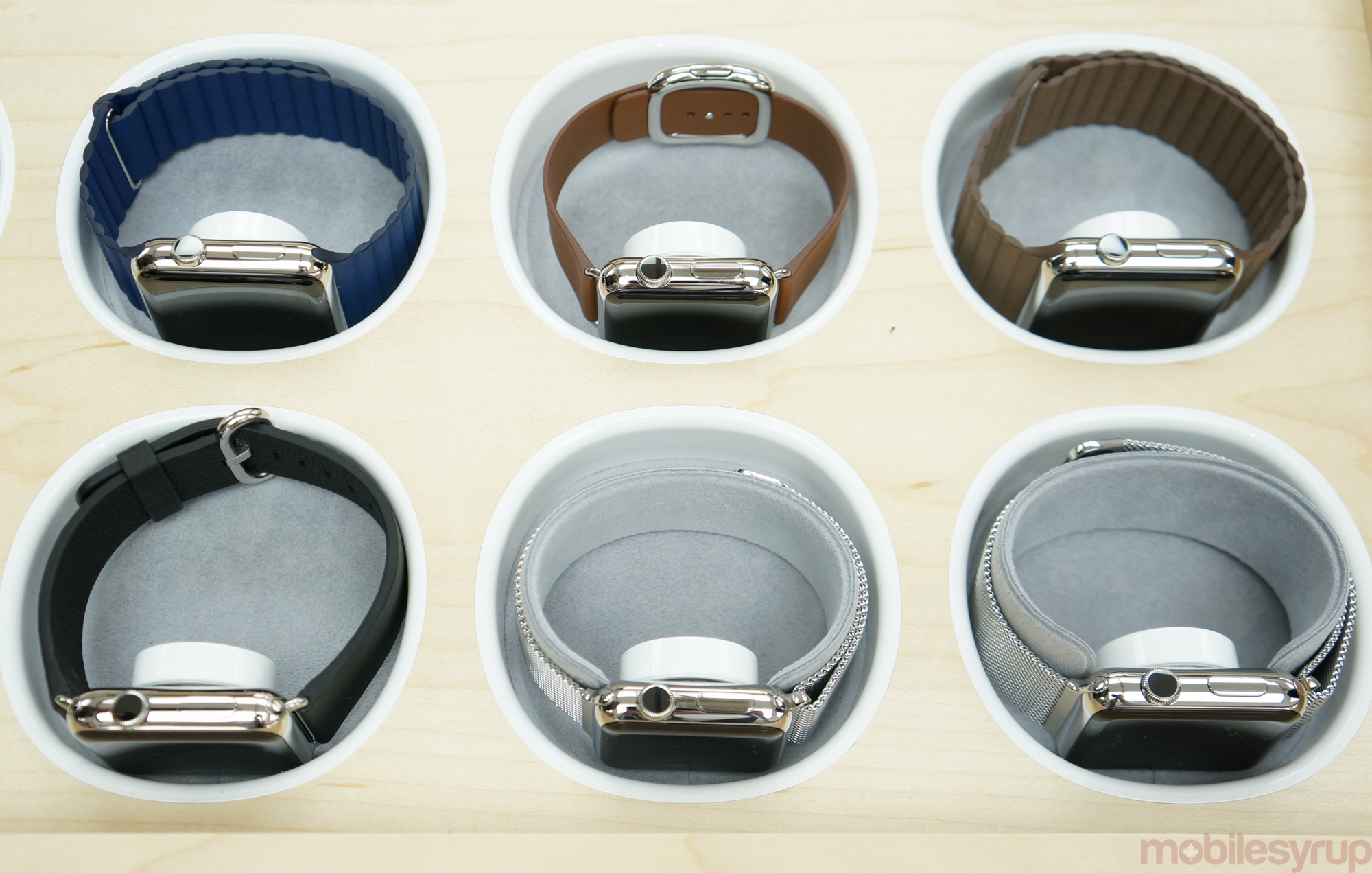
This morning, Apple opened its retail stores around to world to journalists, customers and curious onlookers to try what could be one of the most interesting and vexing products released in the past half decade.
The Apple Watch is actually going on sale in two weeks, and will be sold (out) exclusively online, for the time being. But I got to visit Apple’s Eaton Centre flagship in Toronto for a glimpse of how this will actually work, and what goes into making the Apple Watch the company’s most “personal” device ever.
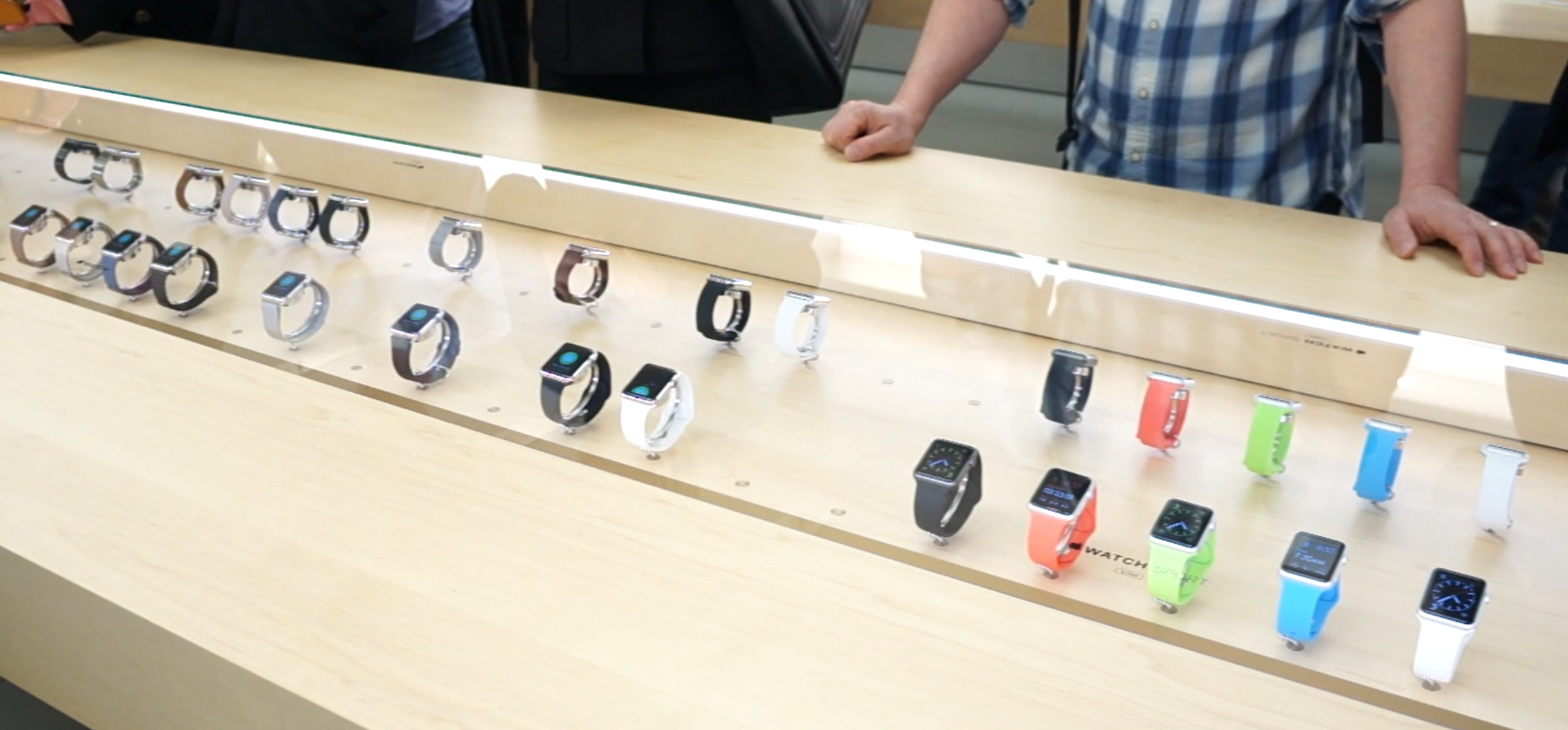
It starts with a table.
The showcase table that will be in every Apple Store across Canada highlights nearly every variety of Apple Watch you can by. Centred in the room, it is flanked by the company’s other products. Another table, also set up in the middle of the narrow room, is reserved for Apple Watch try-on appointments, of which there were dozens during the short time I was in the store.
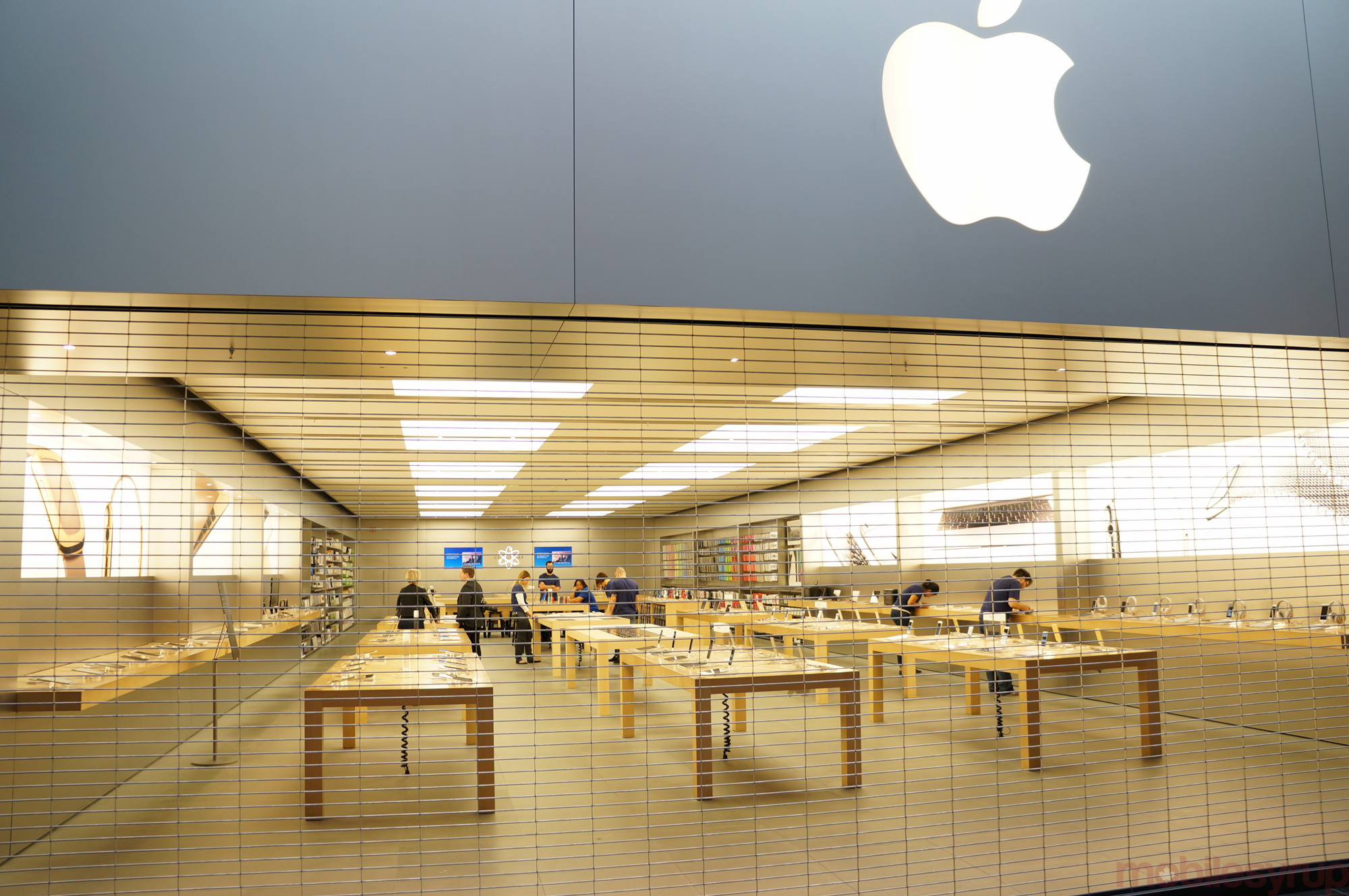
The store looks remarkably unchanged from its previous setup, though the Apple Watch is now clearly the showcase product for the foreseeable future. iPhones and iPads are now at the front of the store, with the Macs and other accessories closer to the back, near the Genius Bar. Apple has also set up various stations for Apple Watch try-ons along the perimeter.
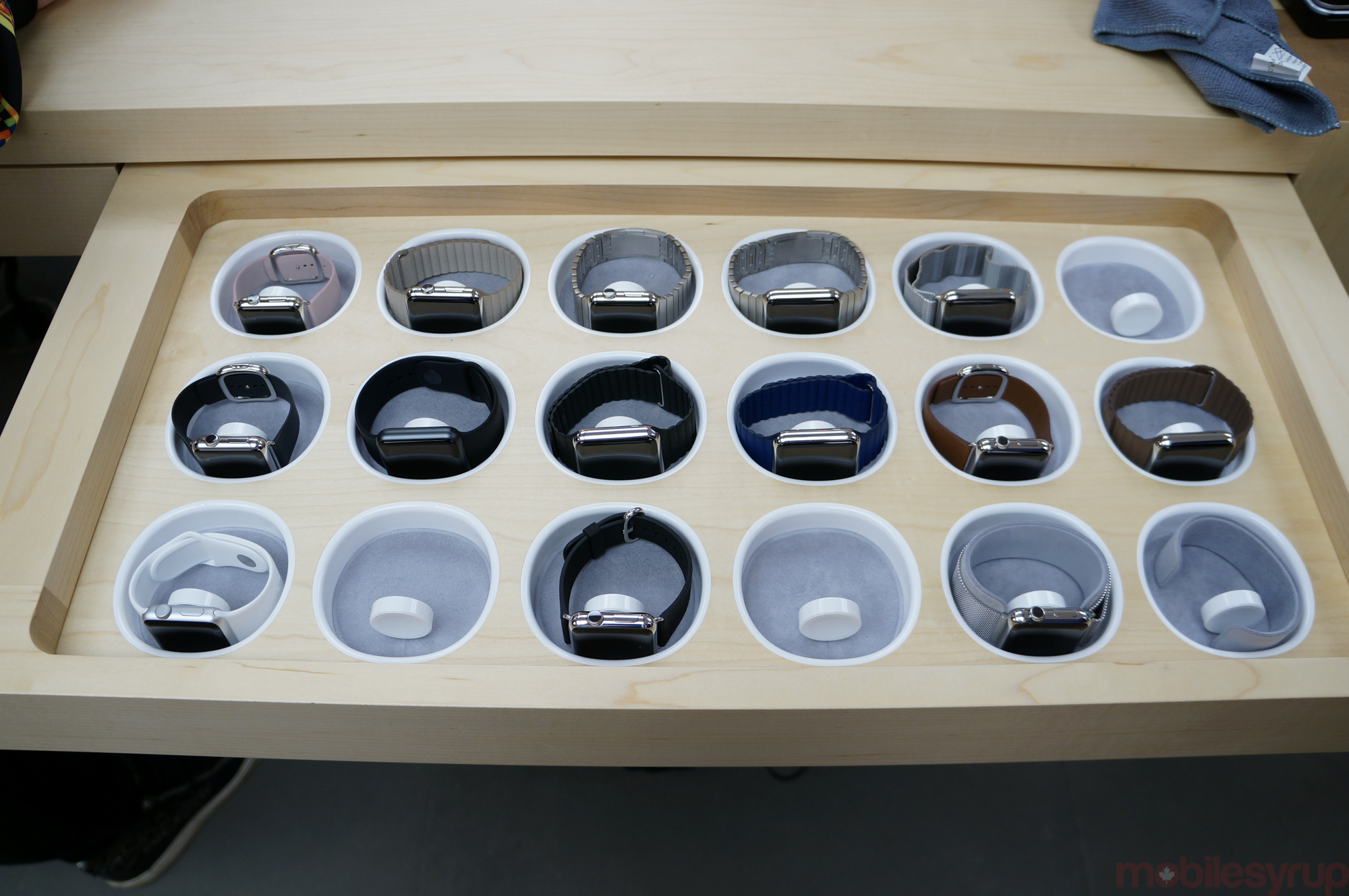
Signing up for a try-on sessions is fairly easy, though the store does have demo areas set up with Watches in looping demos, or to focus on a specific feature, like Force Touch or Voice Messaging.
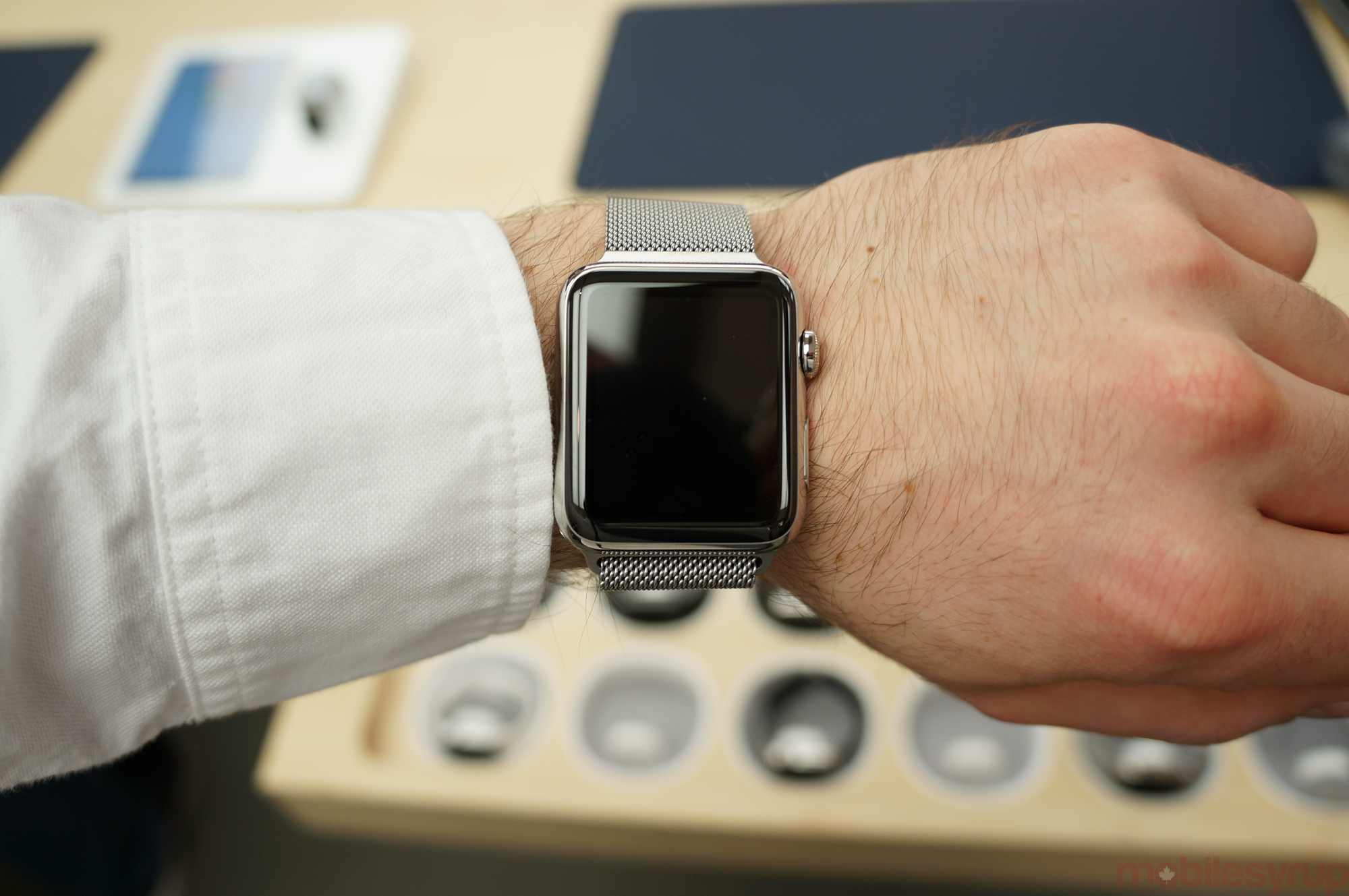
At my own session, a lovely Apple employee named Ali took the time to show me all the models I wanted to try, with no pretence about making a purchase.
That’s what’s so interesting about this whole process: it is entirely disconnected from the purchase itself, and even if one wanted to do so, it wouldn’t be possible – at least for the foreseeable future. Apple just wants to educate customers on what the Watch can do, and which models would best suit them. Though the value proposition isn’t immediately apparent, even after wearing the Watch for several sessions, such instruction is sure to tip the scale for customers vacillating between buying and holding off.
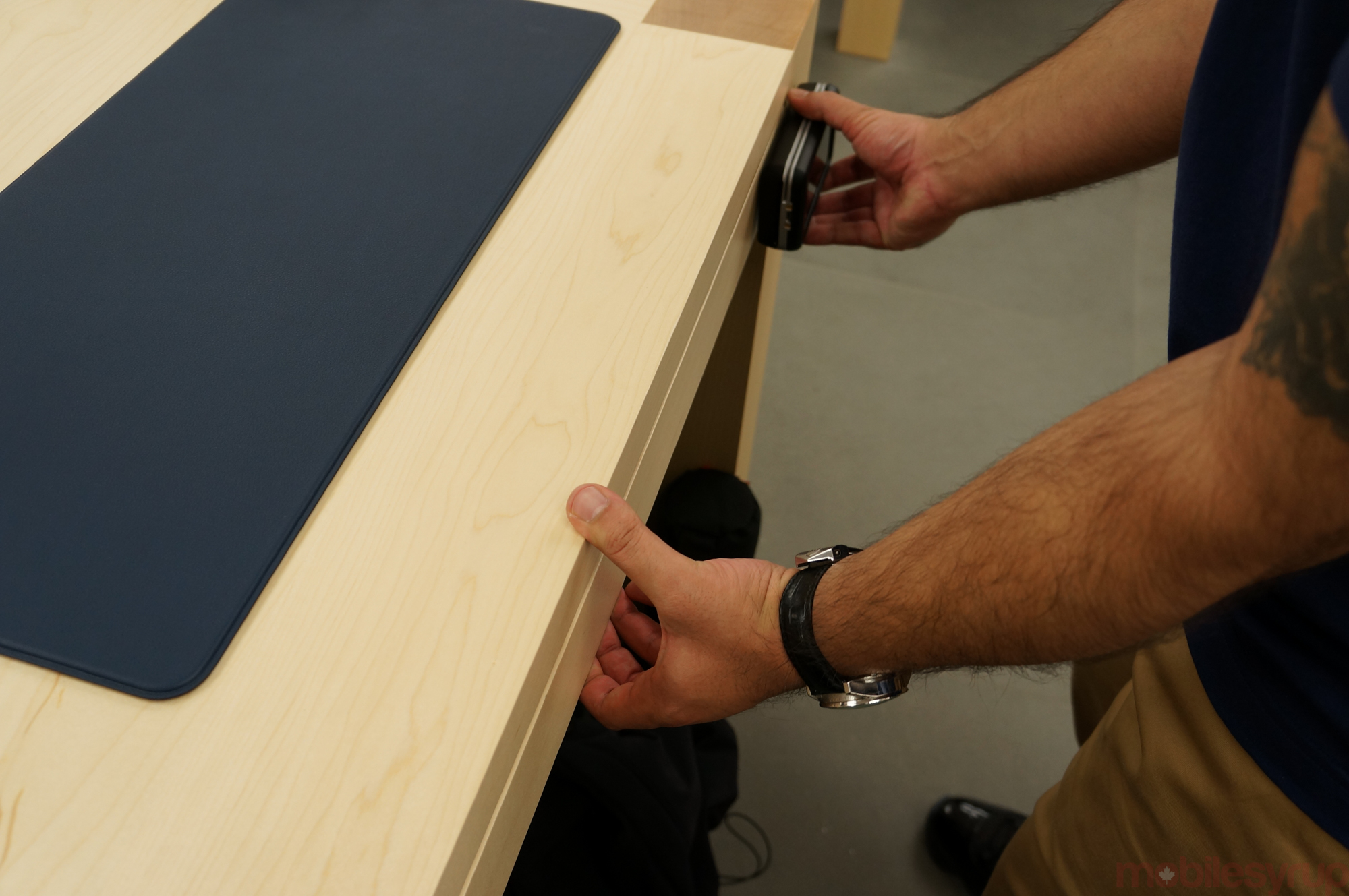
All of the try-on Watches are kept in a locked drawer, which can only be opened with an Apple Store employee’s accompanying RFID tag. It’s a slick process, and one that will likely impress a lot of passersby, since it facilitates the sampling of the only product in Apple’s retail lineup that isn’t somehow tethered to a table.
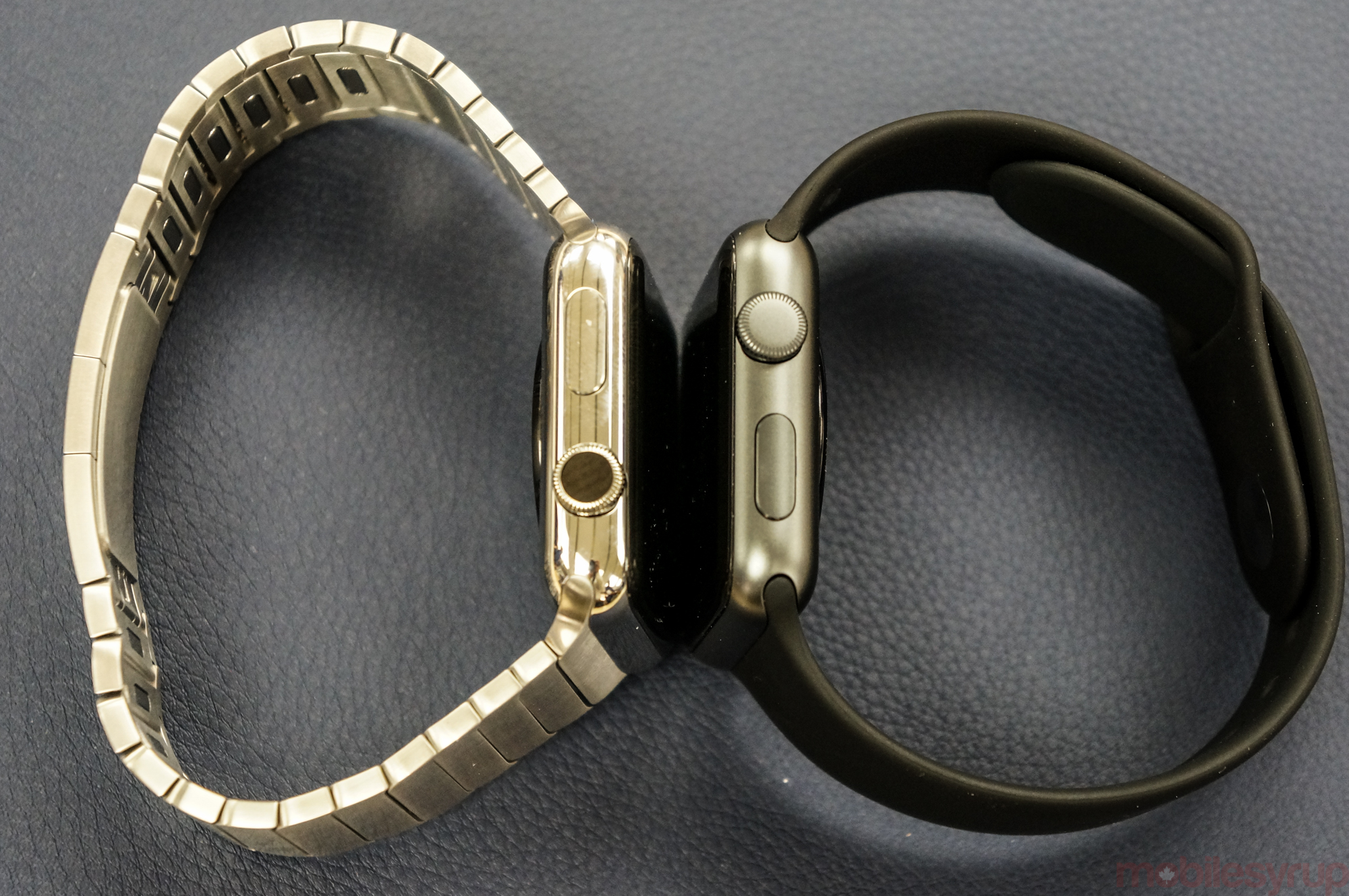
Apple has likely built this fact into its security plan, as the presence was more heightened than I’d ever seen it.
Only two Watches can be placed on the blue mat at one time, but I was not limited to a number of them I could try. Ali was patient, asking me about my style choices and watch preferences and trying to match me with a band – I liked the black classic leather loop – without making it seem like my time was limited.
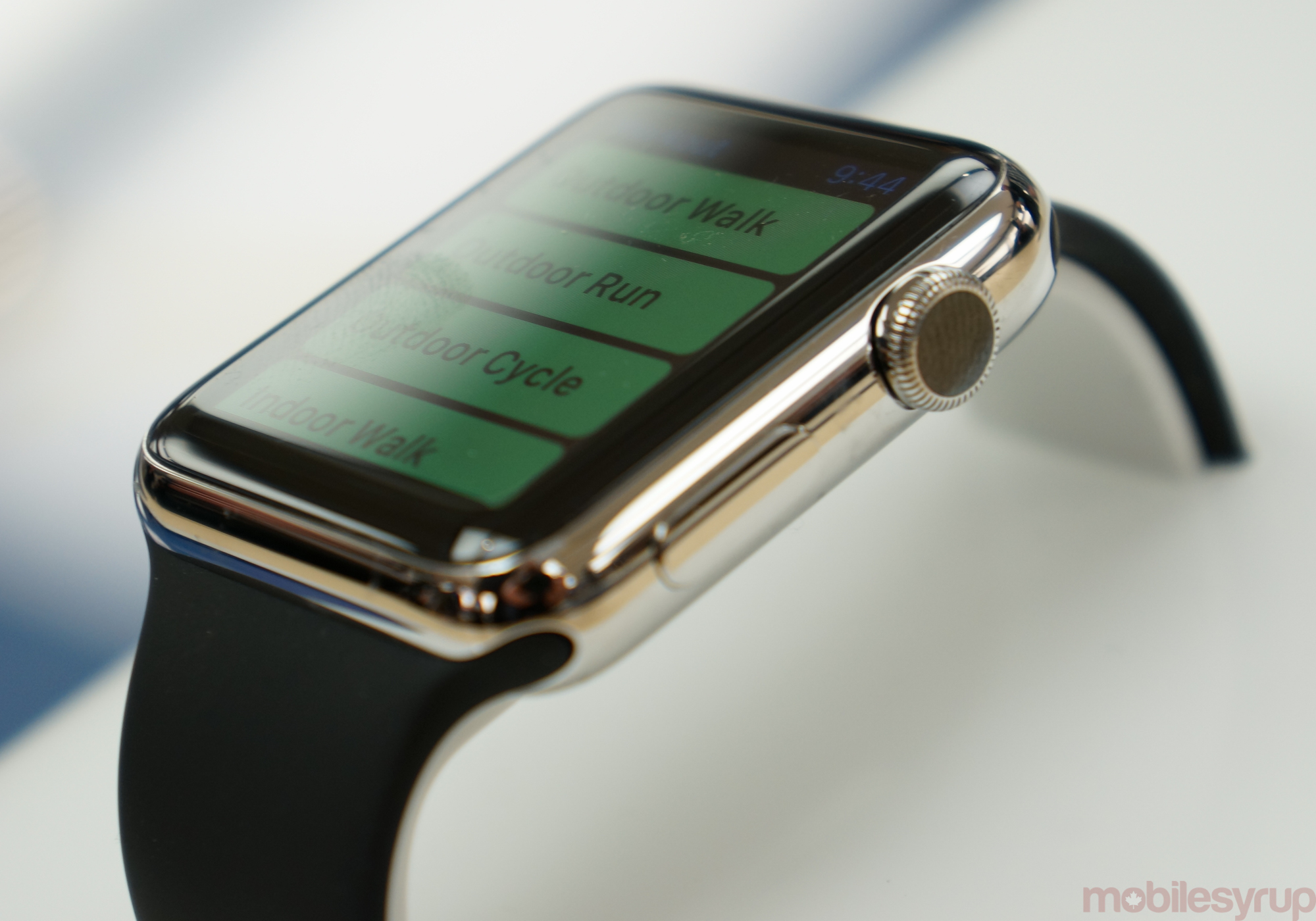
I was impressed by how well prepared the staff was, too, all of whom knew every facet of the Watch’s various ingredients and varieties. This is how Apple will sell the Watch, by plowing its potential customers with kindness and patience.
Even if the value proposition of owning an Apple Watch is not immediately apparent at this point, the goal is to whittle down prospective customers’ reserves with promises of greatness. And there is plenty of greatness in this try-on experience.
MobileSyrup may earn a commission from purchases made via our links, which helps fund the journalism we provide free on our website. These links do not influence our editorial content. Support us here.


